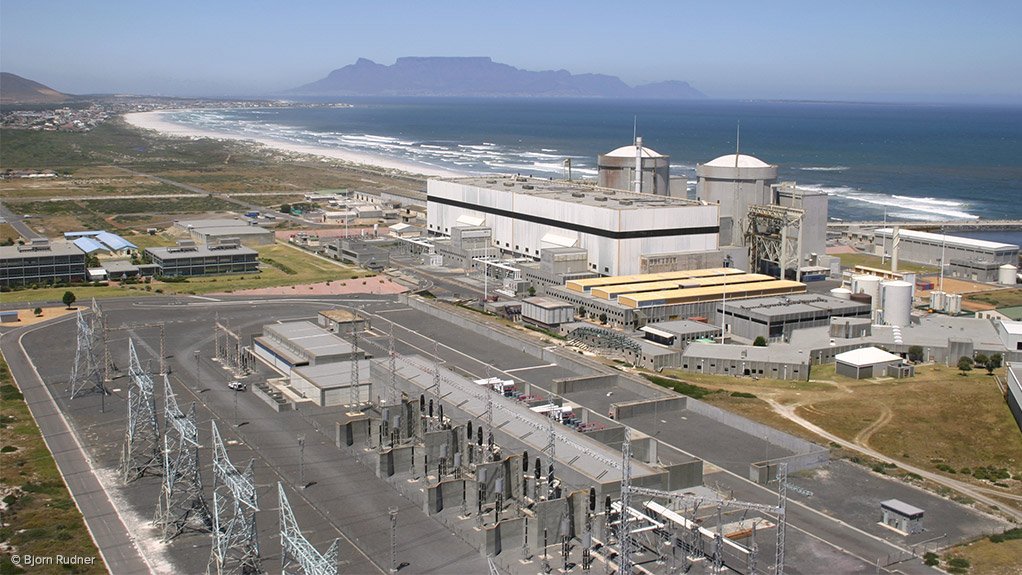The National Nuclear Regulator (NNR) reports that is has received over 25 000 comments from affected parties and the general public in response to two nuclear installation site licence (NISL) applications received from Eskom on March 2016.
The applications are for the Thyspunt site, in the Eastern Cape, and Duynefontyn in the Western Cape, alongside the existing Koeberg power station.
In its applications, Eskom indicated that it intended constructing and operating multiple nuclear power reactors and associated auxillary nuclear installations on the sites, but did not identify the plant type and technology to be employed.
The NISL applications were made in line with the NNR Act and were also aligned with the 2010 version of the Integrated Resource Plan (IRP), which envisaged the construction of 9 600 MW of new nuclear capacity in South Africa by 2030.
The IRP is in the process of being updated and the draft IRP 2018, which has been subjected to a public consultation process, but which is not yet approved, does not envisage the construction of any new nuclear capacity between 2019 and 2030.
In addition, on April 26, 2017, the Western Cape High Court declared the Ministerial determinations used by government to initiate the procurement of new nuclear capacity to be unconstitutional and illegal, along with three nuclear-related intergovernmental agreements.
Government decided against appealing the ruling, which resulted in the cancellation of a planned release of a request for information by Eskom to nuclear vendors.
Former President Jacob Zuma was reportedly strongly supportive of a nuclear new build programme, but President Cyril Ramaphosa has since described the programme as unaffordable, particularly in light of far weaker electricity demand growth and Eskom’s precarious financial situation.
The NNR said in a statement on December 6 that it has considered all the comments received and highlighted the following issues as falling directly within its regulatory mandate:
- The need for higher safety standards considering lessons learned from Fukushima Daiichi accident.
- An assessment of seismic hazards and other site characteristics.
- The impact of nuclear emergency plan restrictions on land-use planning and development.
- An evaluation of economic consequences of radiological accidents.
- Inadequate emergency and disaster management infrastructure in the country.
- Liability in case of a nuclear accident.
- The adequacy of information in the applications including lack of design specification.
- On-site storage, management and disposal of radio-active waste.
- Impact on the surrounding areas due to plant operation and accidental releases.
- Risk associated with the operation of nuclear power plants.
- Manufacturing and construction concerns impacting safety.
- The lack of operational experience with Generation 3 nuclear plants.
- Potential releases to the public and environment.
- Emergency plan zoning and arrangements.
- The impact of the nuclear reactors on the marine and inland environments.
- Socioeconomic and environmental impacts in general.
- Scarcity of water and impact on water resources.
- Health effects due to radiation exposure.
- And issues related to the regulatory process and adequacy of application documents.
The NNR said that, during the next stage of its NISL review process, it would conduct an in-depth review and evaluation of the issues raised. No timeframes were provided for the conclusion of the next phase.
The regulator would also decide on the need for further public consultation as appropriate.
EMAIL THIS ARTICLE SAVE THIS ARTICLE ARTICLE ENQUIRY
To subscribe email subscriptions@creamermedia.co.za or click here
To advertise email advertising@creamermedia.co.za or click here











